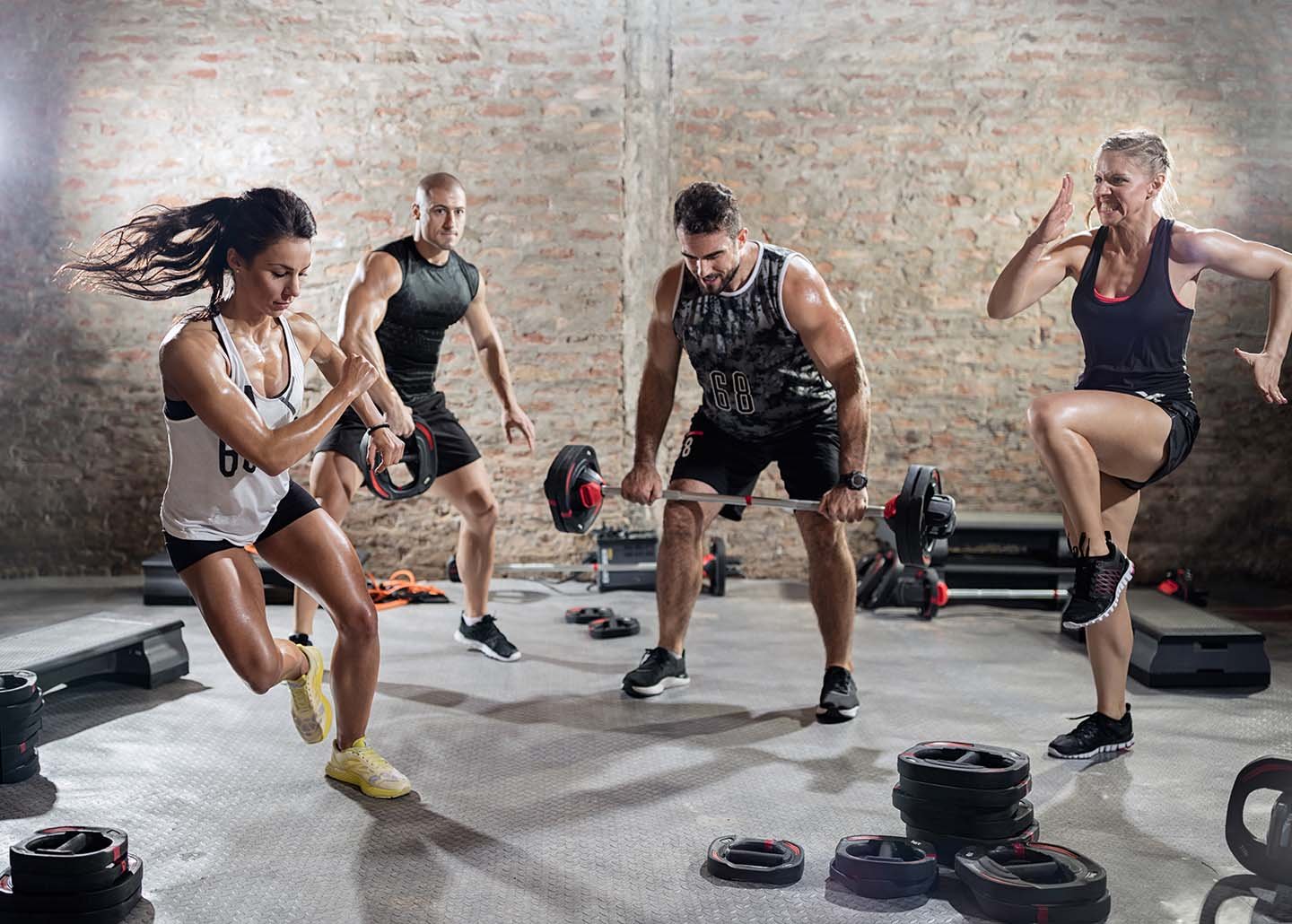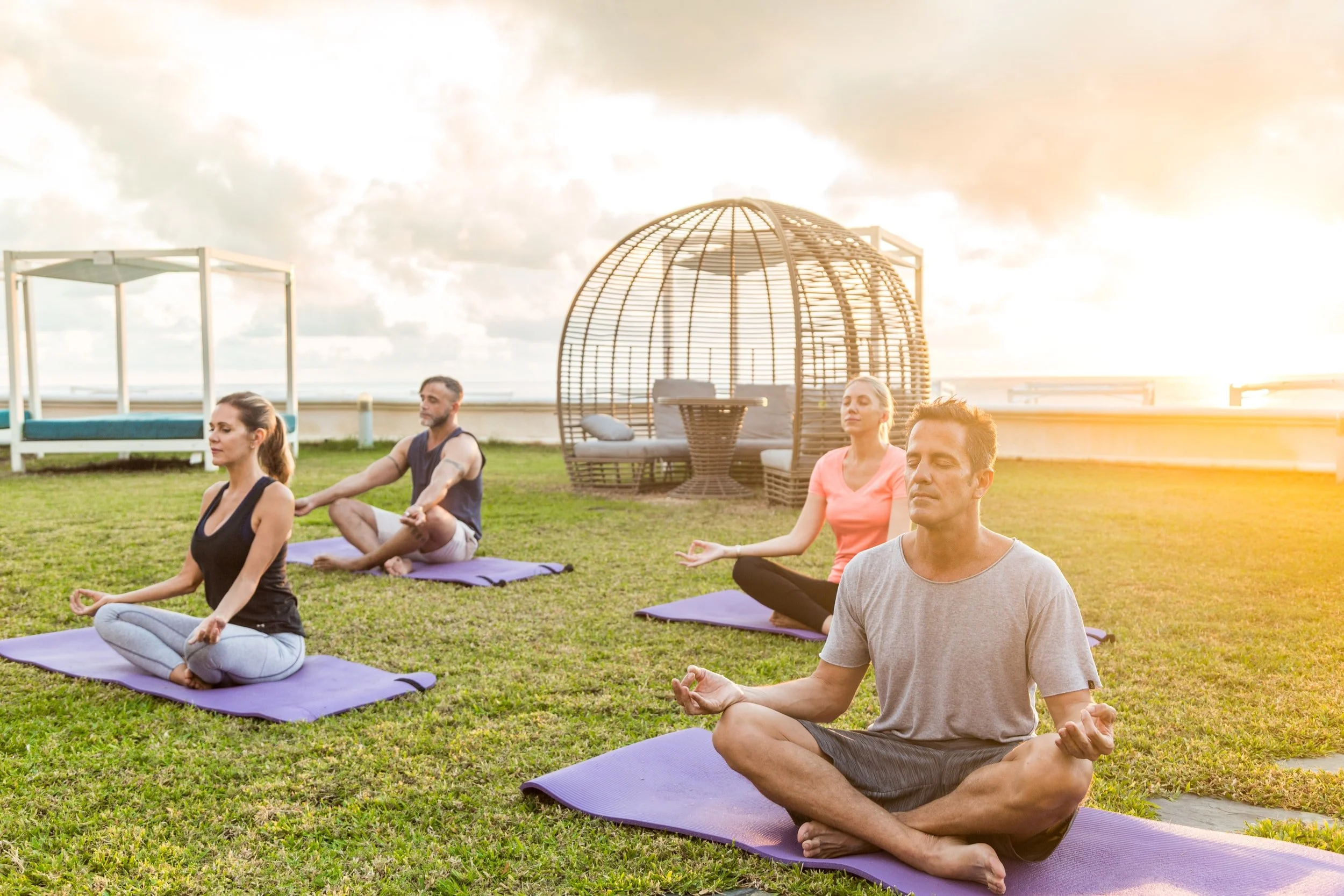How to sit in a split position: pros, cons, bonuses and contraindications?
How to sit in a split position: pros, cons, bonuses and contraindications?
Recently, splits have become one of the most sought-after goals of stretching and an attestment of one's flexibility. We will tell you why splits have become one of the fitness trends, who should not do them and what is their purpose - including photos from social media.
Why does everyone want to do a split?
In 2017, the book "Even the Stiffest People Can Do Splits: A 4-Week Stretching Plan to Achieve Amazing Health" was published by the Japanese yoga teacher Eiko, known as the Queen of Splits. The program is based on daily exercises for a few minutes, which allow you to gradually get closer to your goal. The book has sold over a million copies and has been translated into dozens of languages. The Times wrote that the Japanese are crazy about splits, and fitness trainers all over the world have begun creating courses for clients who want to try maximum stretching. Eiko argues that the split is only the end point, and the effect will be evident every day: the practice helps to lose weight, strengthen ligaments to prevent injury and achieve peace of mind. All these components, as well as the ability to perform a complex and aesthetically beautiful stretch, make the split a dream of many athletes, bloggers and lovers of a healthy lifestyle.
Pros of Splits
You will not please your Instagram followers with a perfectly straight split a week after the start of training, if you are ready to put up with it, then it's time to talk about the advantages of splits.
Systematic, comprehensive training will improve blood circulation, develop flexibility, stretch muscles, increase joint elasticity and reduce the risk of arthritis. The anatomical features of the hip joint do not involve the entire body when trying to sit in a transverse asana. But training can increase the flexibility of an individual part of the body. The course, the ultimate goal of which is a split, develops perseverance and patience, the ability to feel the deep muscles of your body and think about its needs.
Whether you spend your days running marathons or slouching over a keyboard, everyone can benefit from stretching and the increased flexibility that comes along with it. With only five minutes of stretching a day, you’ll be doing perfect splits in four weeks and experiencing a host of health benefits such as better circulation, fewer joint injuries, toned muscles, improved balance, and much more!
Eiko
For women, such a workout will bring a separate benefit:
splits help to normalize the menstrual cycle (note that it is not recommended to do them on critical days);
promotes natural childbirth by increasing the flexibility of the hip joint;
stretching in a split, in a light, of course, form, is possible even in the second and third trimesters of pregnancy (if you have no special contraindications).
Before exercising, be sure to check with your doctor!
Cons of Splits
It is important to understand that if your only goal is to do splits as soon as possible, it can be harmful, not beneficial to the body. Reducing the time leads to extreme painful stretching, due to which injuries can occur, including damage to the tendons and ligament ruptures, blockade of the hip joint. Gradual practice and even work on different muscle groups is helpful. At an early age, the joints are much more flexible, so children quickly get used to gymnastic exercises, and the risk of injury is minimal. Moreover, not all adults have good elasticity in the hip joints.
You need to start training gradually, for the sake of improving the health and beauty of the body. It is best to work on split positions under the guidance of a professional trainer in order to minimize possible harm to the body.
Contraindications to doing Splits
Stretching is not considered physiological. While a person is sitting in a split position, a collision is possible inside the joint, due to which athletes often experience severe pain. With amplitude movements, there is a contact between the surfaces of the femoral neck and the edge of the acetabulum - the concave surface in the pelvic region. This position of the body is unnatural, unlike a position that also requires conscious control and training, for example, a body position with a straight back.
The obvious contraindications for splits are:
Osteochondrosis,
Obesity,
Pregnancy,
Diseases of the musculoskeletal system
Injuries to joints or ligaments that have been or are currently
Recent fractures,
Inflammation of the sciatic nerve,
Acute sciatica.
It is better to consult a therapist who, in some cases, may prohibit classes in the presence of cardiovascular and chronic diseases.
Who can do Splits?
Anyone who has no medical contraindications (for example, the consequences of fractures, some cardiovascular diseases) can work on sitting in a splitposition. It is important to practice regularly. Taking a break from holidays or vacations is not critical when it comes to a short period of time. But after a long break, you may have to start from scratch.
How long does it take to do Splits?
Depends on individual data. We are all different, so the learning rate is different. A month is enough for someone, someone will sit in a split only after six months, while someone else may need two years. This is normal. Just be patient and keep training, even if regression occurs at some point.
People without physical training will not be able to sit in a split within a short period of time without harm to their health - with the exception of those who have had previous experience with them or engaged in any sports. Your coach will tell you the approximate amount of time after training.
How to do Splits?
Choose a trainer who can monitor your workout offline or online. There are many practitioners, try to clarify in advance what sets of exercises are included in the classes. You can do splits while doing yoga, Pilates, gymnastics or ballet, but there are also short courses that focus only on the hip joint. The stretching process takes place in different ways depending on the initial fitness, age, health and physique. It is important how often the classes are held, how comfortable you are to continue, and whether you are willing to put up with possible muscle soreness during training and the day after.
The time frame in which a person will reach the final goal is difficult to determine in advance. It is better to start any workout, regardless of the intensity, with a warm-up. This will make the ligaments and muscles more elastic and help to avoid micro-explosions in the tissues. “The pain goes away over time as you continue to stretch and your flexibility improves,” says Eiko. At the same time, she clarifies that about 30% of students stopped exercising after the first training session, because the next day the muscles ached, and there was no tangible result yet.














